Silicone baking mats are a terrific alternative to parchment paper—an eco-friendly, reusable nonstick surface perfect for cookie dough, chocolate chip cookies, caramel corn, and more.
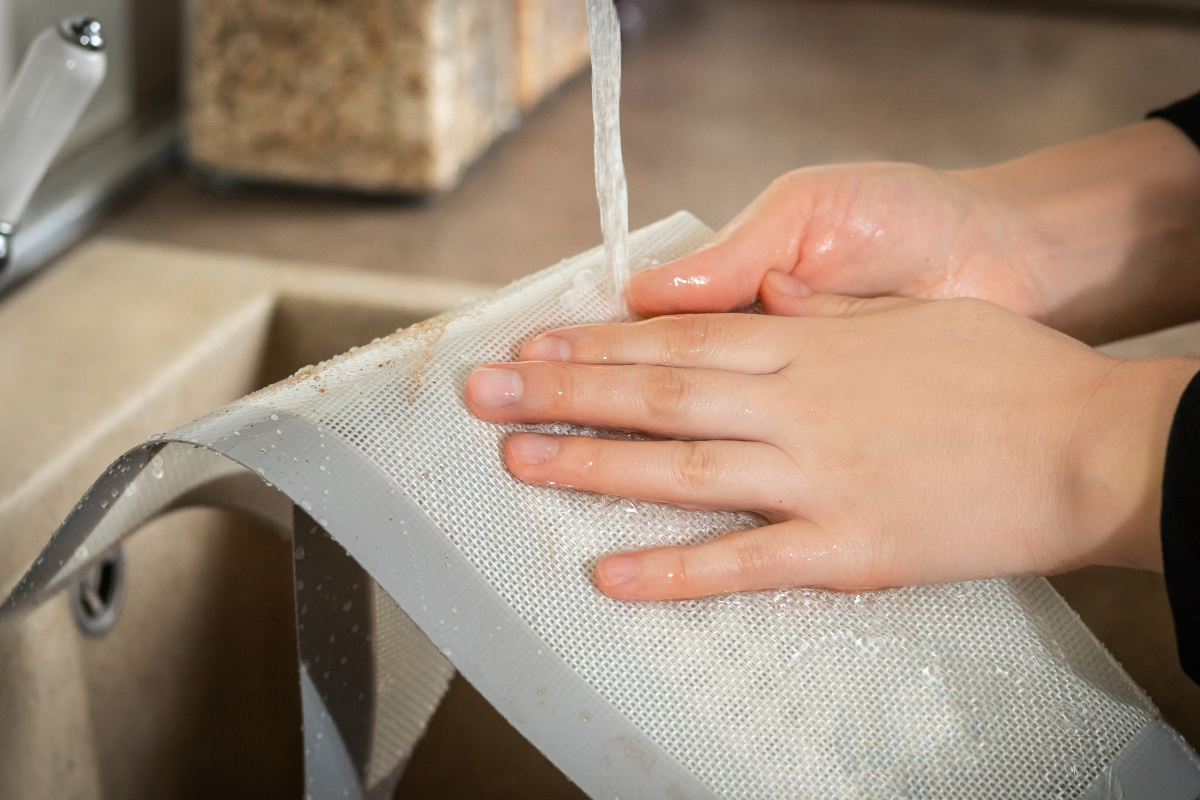
But over time, you may notice sticky residue, greasy film, or strong odors. With the right cleaning tips, you can keep your trusty silicone mat in good shape for years.
This guide covers the best practices for regular cleaning, removing stubborn stains, and preventing build-up so you can enjoy happy baking every time.
Regular Cleaning: The Best Way to Start
For everyday cleaning, the best way to keep your silicone baking mat in top condition is to start as soon as it cools from the oven. A bath of warm, soapy water with mild dish soap—or a few squirts of grease-fighting dish soap—is enough to remove most food residues and little oil residue from the nonstick surface.
Slip on kitchen gloves or rubber gloves to protect your hands and use a soft sponge or non-abrasive sponge to clean the flat surfaces without scratching the silicone molecules. Rinse thoroughly with very hot water to remove any soapy water or oily sheen, then place the mat on a drying rack or wire rack until it’s completely dry.
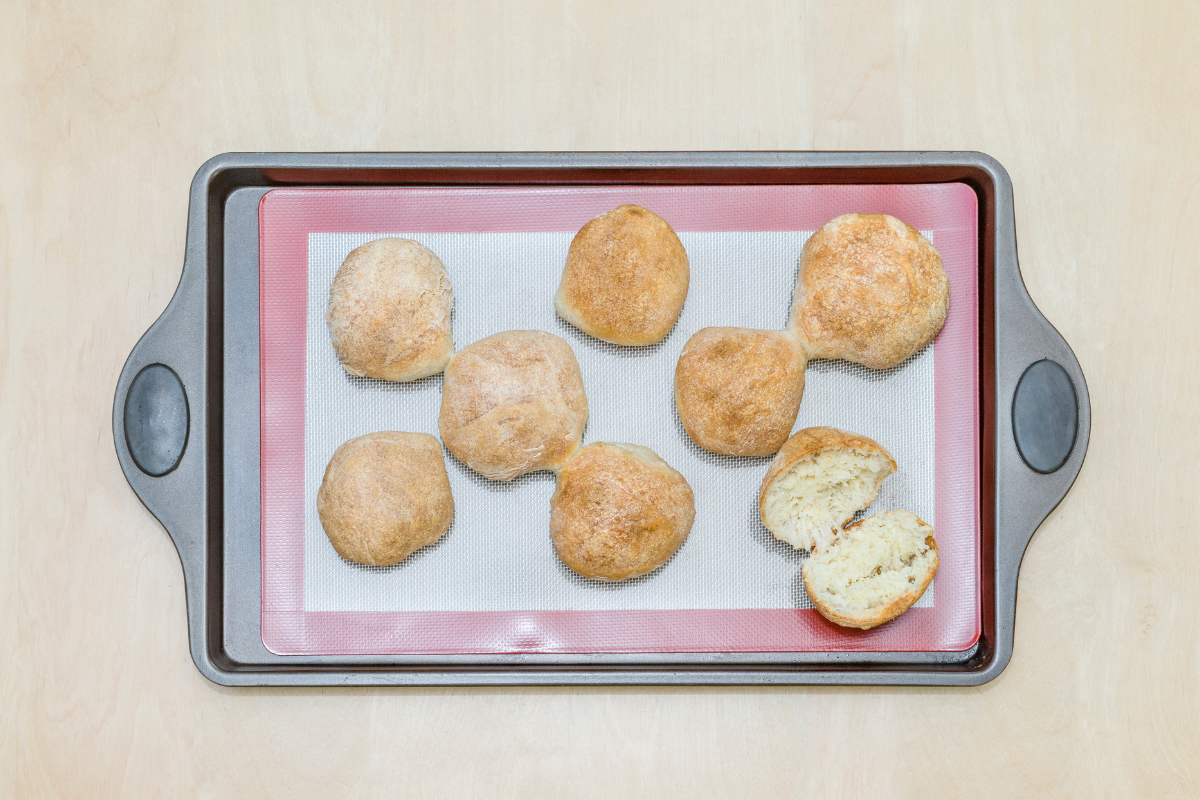
Using this simple cleaning method after every baking session helps prevent sticky mats, lingering odors, and stubborn stains from forming in the first place.
If you’re looking for a recipe where silicone mats really shine, see how we use them for perfect Rolo Cookies with Cake Mix.
Deep Cleaning for Sticky Mats and Tough Stains
Sometimes regular cleaning isn’t enough to handle sticky residue, oily feeling, or build-up of oils. When that happens, soaking the mat is the best bet. Place it in a bath of warm water and sprinkle the top of the mat with baking soda.
Drizzle white vinegar over the baking soda to trigger a fizzing chemical reaction that helps lift tough stains and remaining residue from the silicone molecules. Let it sit for 20 minutes to a full hour, depending on how stubborn the stains are, and then gently scrub with a non-abrasive sponge.

Rinse with extremely hot water and dry in a dry location before storing. This method is especially useful after making something extra messy like caramel corn or chocolate-dipped treats.
Hot Lemon Water for Odors and Oily Residue
When a silicone bakeware item has a strong odor or oily residue, hot lemon water can make all the difference. Warm the mat slightly in a hot oven or place it directly into a sink of extremely hot water with a squeeze of fresh lemon juice.
The heat opens the silicone molecules, allowing the lemon’s acidity to break down stubborn grease and residual flavors. After soaking, scrub gently, rinse well, and let it dry completely.
This is a natural alternative to heavy-duty dish soap that still delivers great results, leaving your mat fresh for your next batch of cookies or brittle.
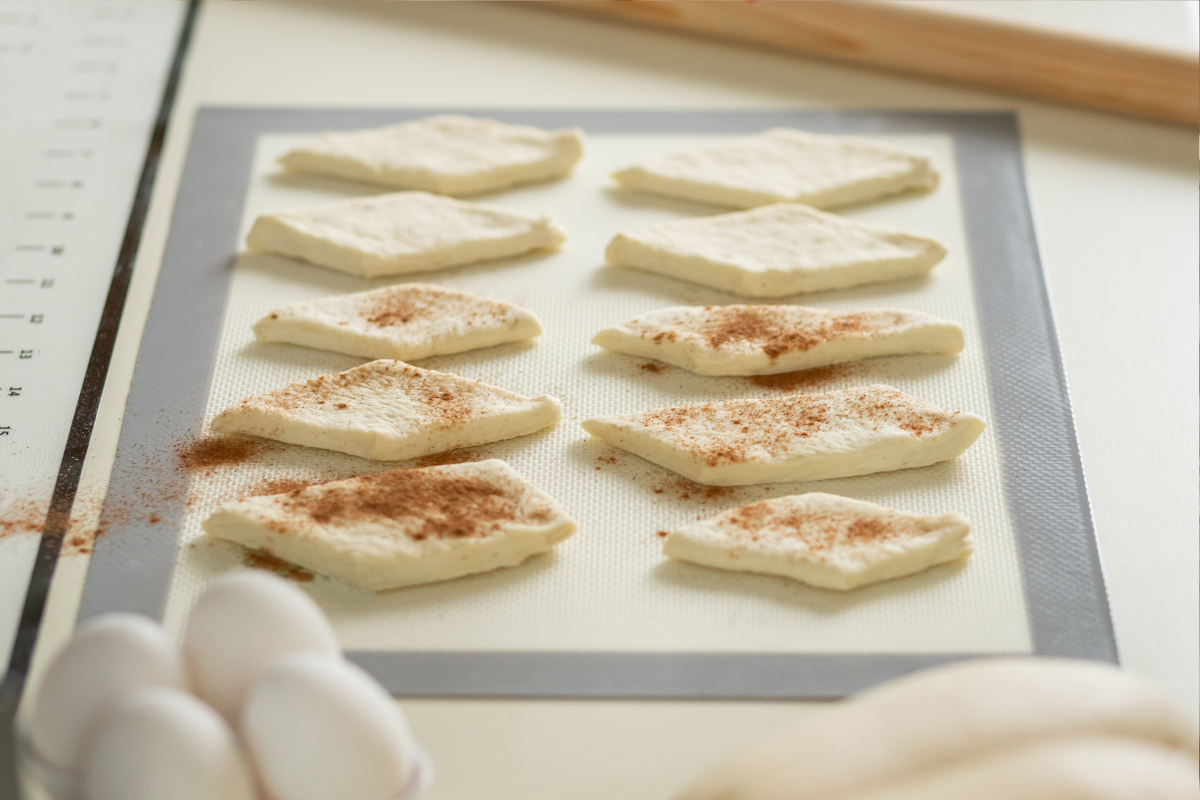
Dishwasher Cleaning for Easy Maintenance
For those who prefer a hands-off approach, the top rack of your dishwasher is a terrific alternative to handwashing. Simply place the silicone baking mat flat on the top rack and run it through a normal cycle.
This cleaning method works particularly well for regular maintenance and spring cleaning, but avoid using the dishwasher’s high-heat drying option too often, as it can shorten the mat’s lifespan.
First Use and Proper Storage
Before using your silicone mat for the first time, wash it thoroughly in soapy water to remove any manufacturing residue. Always store it flat or gently rolled to avoid creases that can damage the nonstick baking surface.
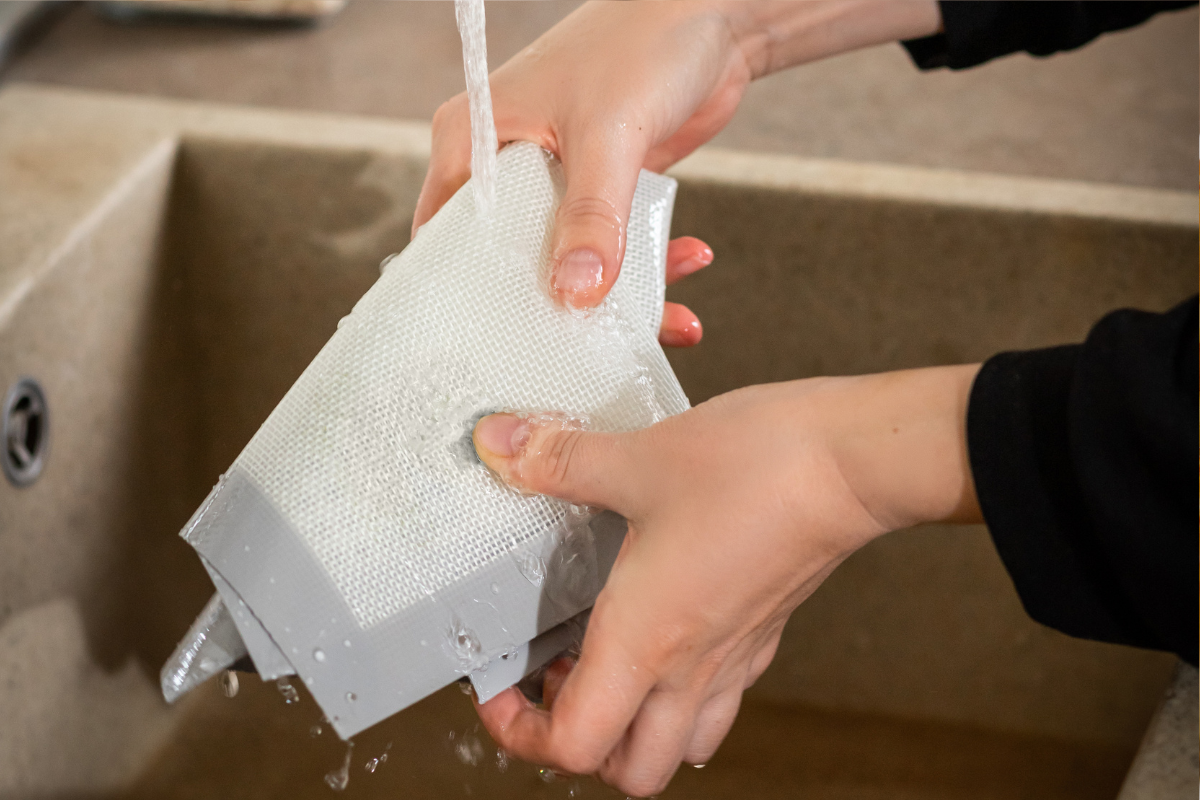
Keep it away from sharp objects that could pierce the material and avoid spraying it with cooking spray, which can leave a greasy film that’s hard to remove.
When baking at high altitudes or higher elevations, keep a close eye on your mat to prevent scorching. Following these best practices from the first day ensures your mat stays in good shape for a long time.
Handling Persistent Greasy Film
When your mat has developed a stubborn greasy film, soaking it in extremely hot water with heavy-duty dish soap for 20–30 minutes can loosen the oily residue.
After soaking, scrub gently with a soft sponge, rinse thoroughly, and allow it to dry completely on a drying rack.
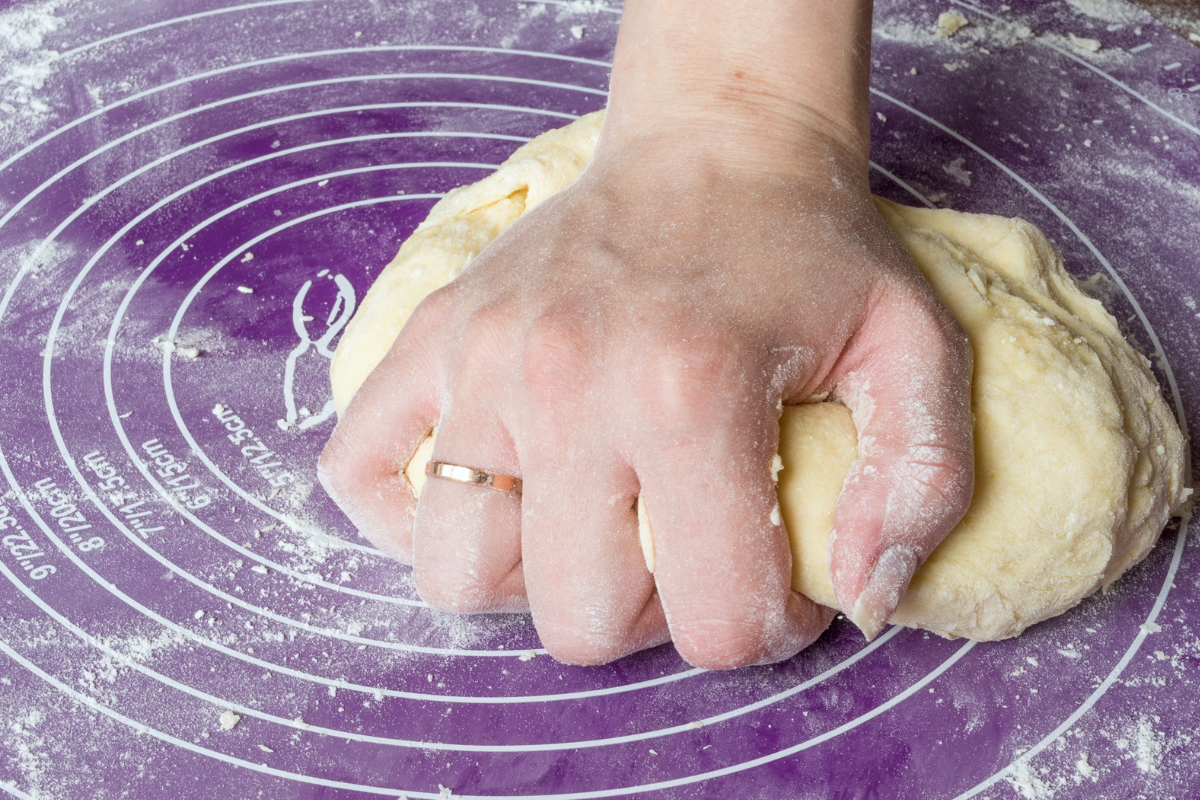
If lingering odors remain, placing the mat on a rimmed baking sheet and baking it in a hot oven at 350°F for 10 minutes can help burn off the residual water droplets and odor-causing oils without damaging the silicone molecules.
Natural Remedies and Extra Power
Sometimes the only thing you need for tough stains is a paste made of baking soda and water. Spread it over the top of the mat, let it sit, then scrub gently before rinsing.
White vinegar or lemon juice soaks are great for removing sticky residue and strong odor without harsh chemicals.
For an extra cleaning boost, a small amount of hydrogen peroxide can help dissolve stubborn food particles and greasy film—just be sure to rinse thoroughly afterward.
Preventing Problems Before They Start
Proper care is the ultimate guide to keeping your silicone mat in great condition.
Avoid cooking spray, which can create sticky mats over time, and clean your mat promptly after each use to prevent the build-up of oils and residual flavors.
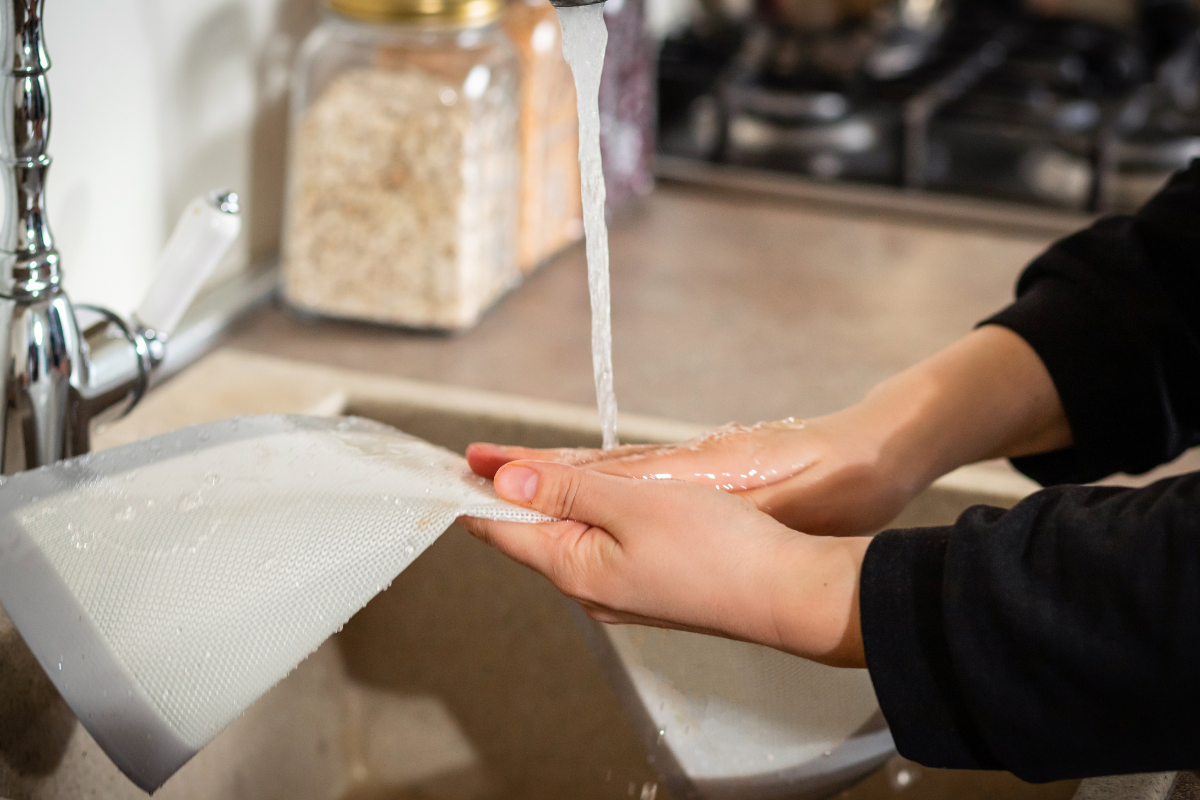
Store it in a dry location with no residual water droplets to avoid lingering odors.
Use it on flat surfaces like cookie sheets or sheet pans for even heating, and always handle with care to keep your silicone products performing at their best.
With the right cleaning methods, your silicone baking mat will remain a reliable, nonstick kitchen tool for a long time, helping you bake everything from cookies to savory dinners with ease and confidence.
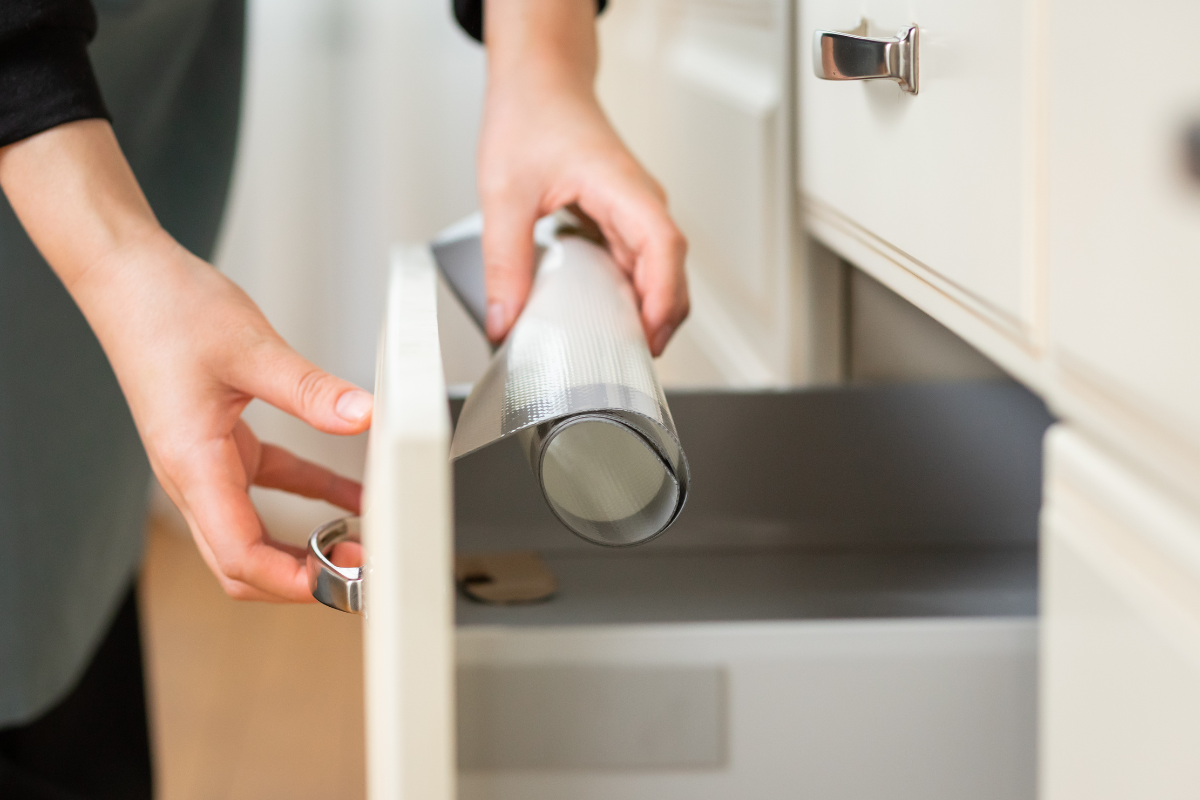
Related Reads
- The Instant Pot Burn Message: What It Is & How to Avoid It
- How to Cut Onions – Tips to Make Cutting Onions Easier and Less Painful
- How to Balance Sweetness: Tips for Pairing Wine with Very Sweet Desserts

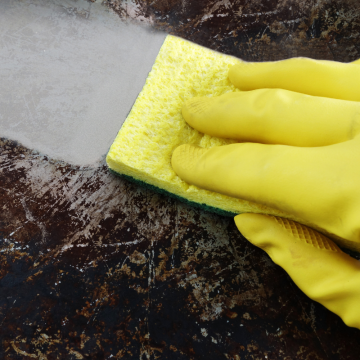
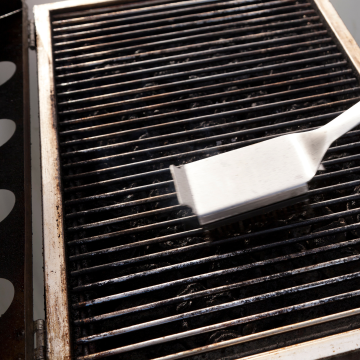

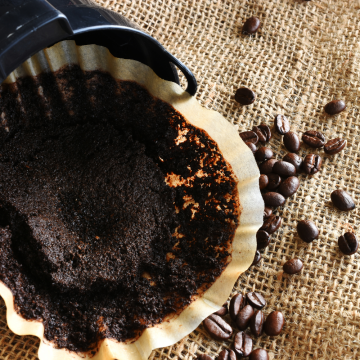
Leave a Reply